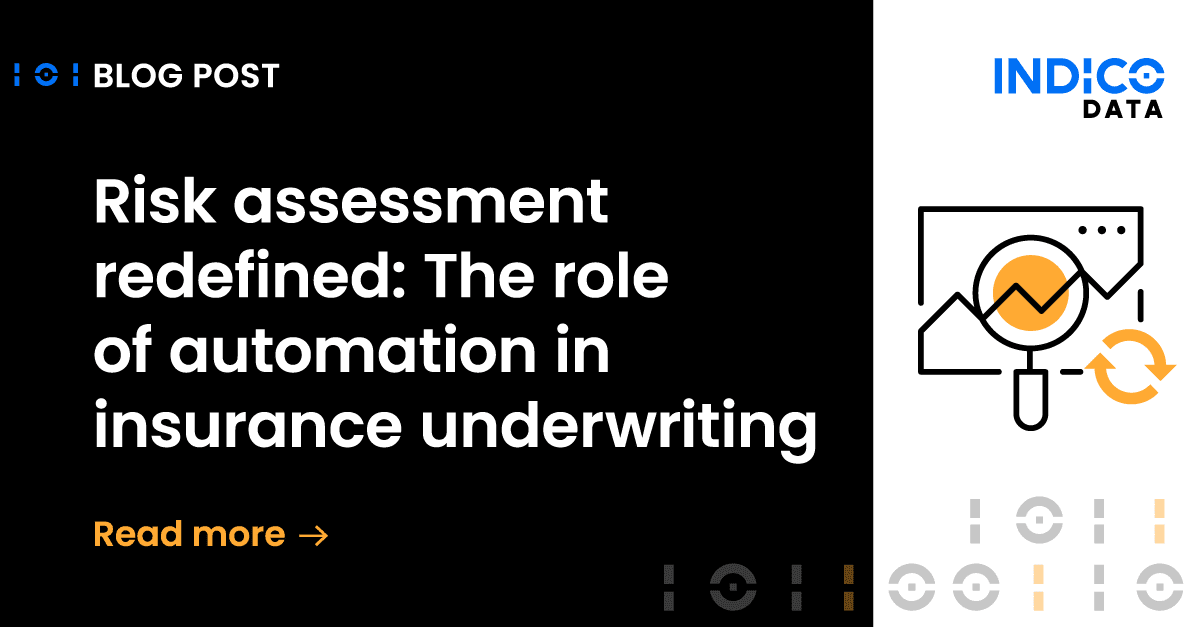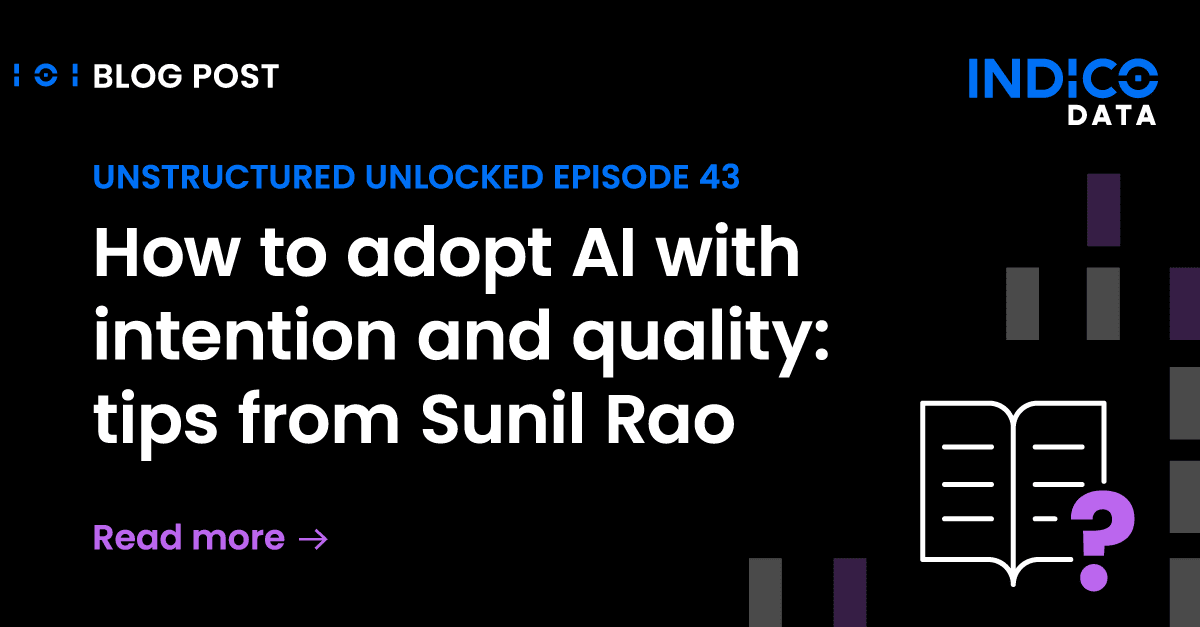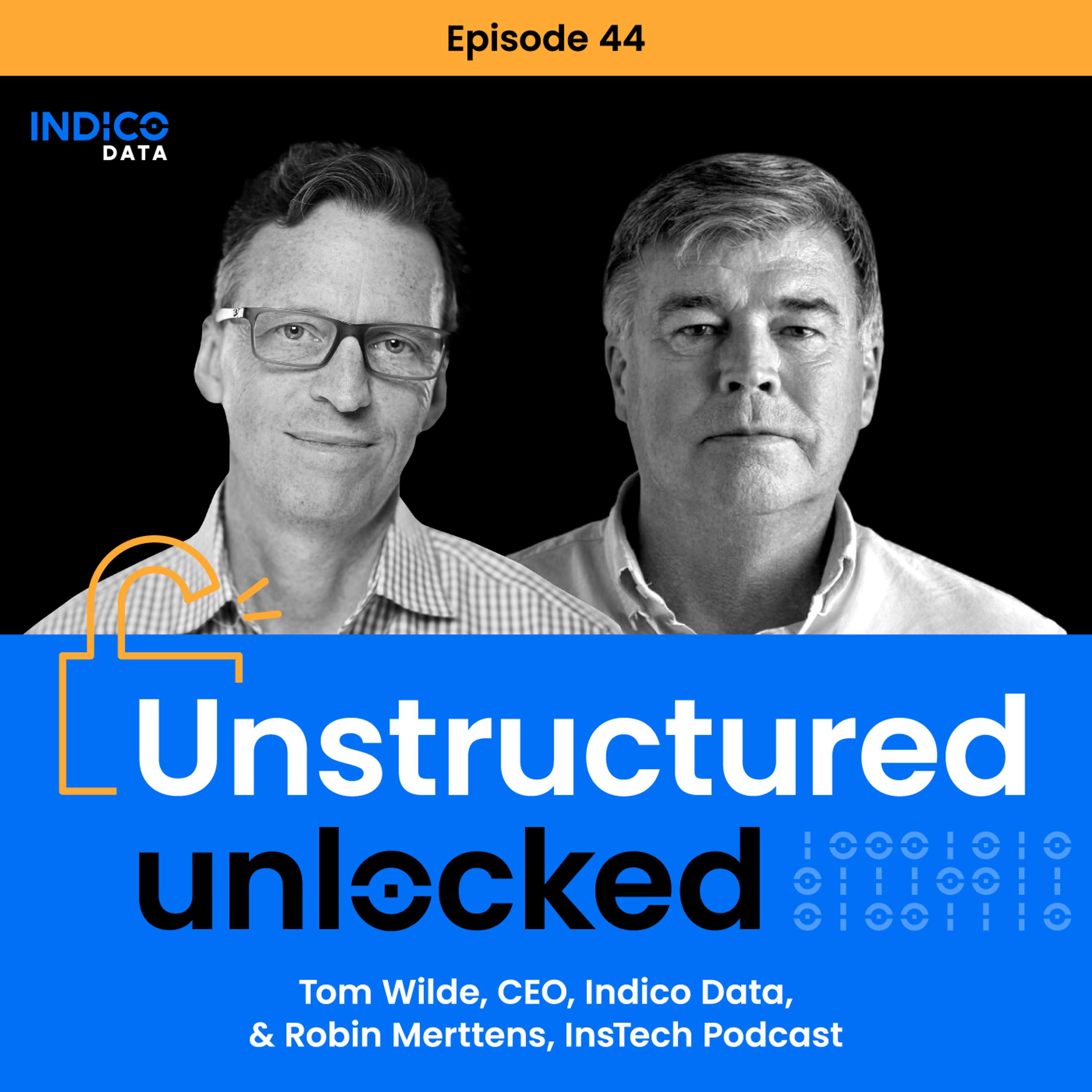Getting new clients is a good thing, but for insurance companies it also creates a challenge: processing all the required documents. To date, it’s been a largely manual process that for large insurers can easily involve 15 million documents per year, making it a ripe target for intelligent document processing technology.
Think about a large insurance company that offers life insurance and retirement products. The insurer, in turn, signs up a number of large companies that offer the policies and plans to their employees as a benefit. It’s not hard to envision how that can turn into millions of new account applications for the insurance company.
OCR, RPA fall short in insurance automation
Each new policy or retirement product requires the insurance company to collect various documents, such as an application, W2s, work history, perhaps medical forms and the like.
The process for enrolling a client involves at least four distinct steps, which today are manual for most companies. The first is to retrieve the documents from a corporate in-box or website. Then each document must be classified or categorized by type. Next, relevant data is extracted from each document, which may vary depending on what the application is for. Finally, someone has to validate the application and supporting data to ensure it is complete and accurate.
Given all the manual intervention involved, insurance companies have been making attempts to automate the enrollment process. One approach is to use optical character recognition (OCR) to extract key information from forms. But OCR suffers from a couple of problems. One is that it can’t handle hand-written content, which is common in such applications. Another is it relies on templates to define where relevant content is found. But it’s all but impossible to write enough templates to keep up with all the different forms involved in the process.
Robotic process automation is another avenue for insurers to take. But RPA works well only with highly structured content that looks the same every time. That means it may be able to process a W2 (although even W2s from different payroll companies don’t necessarily look the same), but it won’t work with PDFs, emails, Word documents and any other unstructured content.
Related Article: How Intelligent Automation Helps Insurers Process Workers’ Comp Claims
Intelligent document processing gets the job done
What’s required to address the enrollment process is intelligent document processing (which Gartner includes under the term “hyperautomation,” one of its top 10 strategic technology trends for 2020).
Intelligent document processing goes beyond RPA by using artificial intelligence technology including natural language processing, which enables the AI tool to read and comprehend even unstructured documents much like a human does.
Intelligent automation in insurance enable companies to automate the customer enrollment process. Step one would be to build a classification model to “read” each document and decide what bucket it should go in, based on what type of document it is. Next, another model would extract the relevant data from each document and insert it into the insurer’s downstream processing tool. That would take all the drudgework out of the process, leaving only the validation step for a human to perform.
One of the keys to effective insurance process automation, however, is for the line of business people who are actually involved in the process to build the AI models. These are the people who know the process best, but if they’re forced to translate their requirements to the data science team, a lot can get lost.
An intelligent platform for business people
This is where Indico’s approach to intelligent document processing sets it apart. Indico’s Intelligent Process Automation platform is intended to be used by business people, not data scientists. Anyone can use the tool to build effective process automation models. Simply use its intuitive interface to mark up actual documents used in the process, such as identifying the key value pairs to be extracted from those insurance enrollment applications.
It takes only a few dozen documents to train a model with remarkable accuracy. That’s a tribute to the way Indico implements transfer learning, an AI technology that helps model training work more effectively.
The results are also game-changing. Reductions of 85% in process cycle times are not uncommon, along with a 4x increase in process capacity – meaning you’ll free up employees for more valuable work.
To learn more about how Indico can help with insurance process automation, download this white paper from experts at the Everest Group, “Unstructured Data Process Automation.” And feel free to contact us if you have any questions or want to arrange a quick demo.





